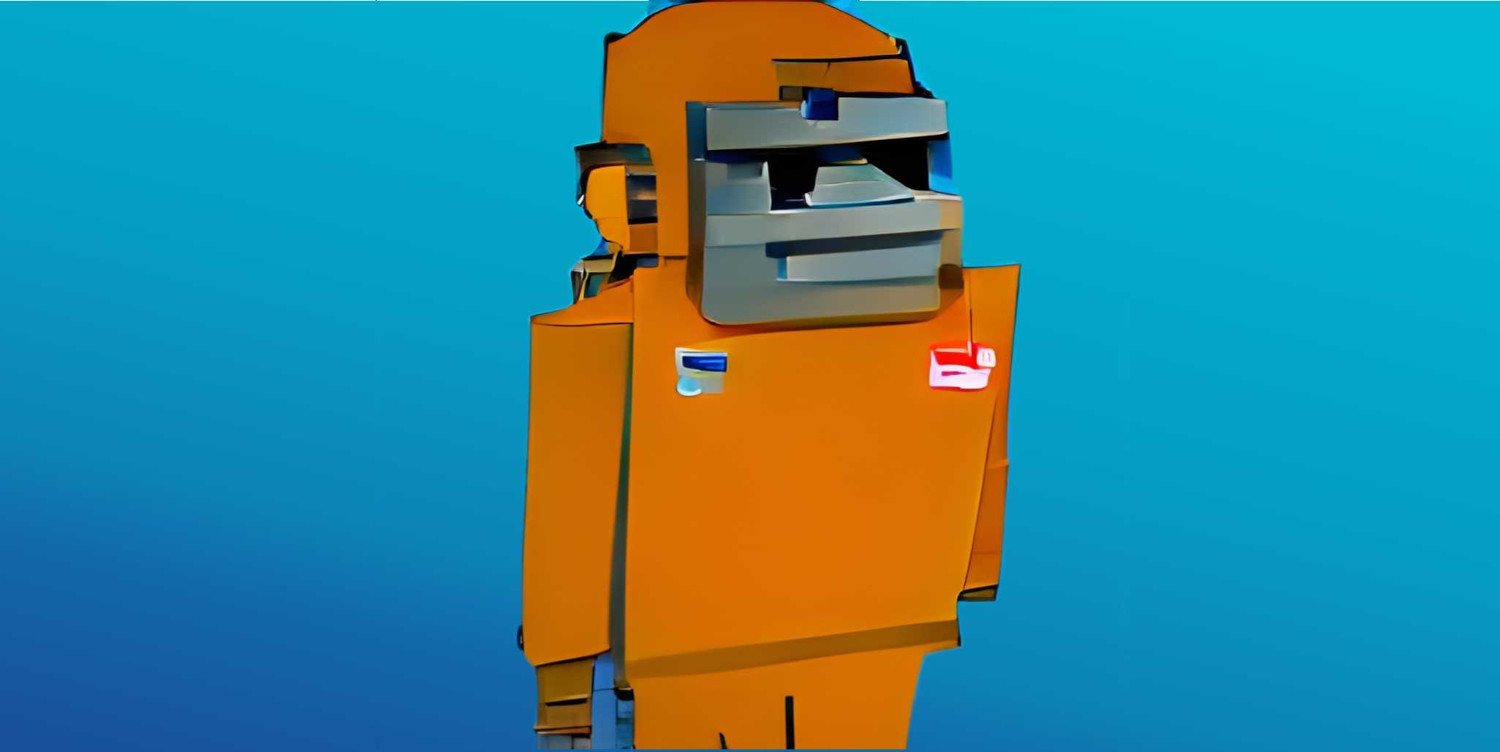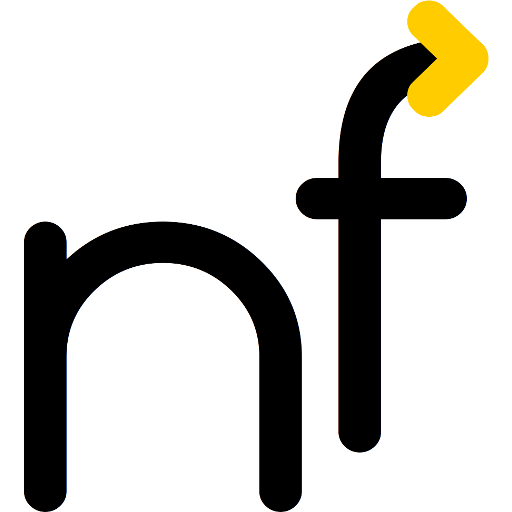“NFT” is currently on everyone’s lips again, and not only because of Pro Senectute. But what is actually behind the full-bodied promises of the NFT advocates?
For more insights on NFTs and the entire blockchain ecosystem, click here. You can also read this text in German 🇩🇪.
“NFT” stands for “Non-Fungible Token” and is being marketed by some for the future of digital art and so on.
Background
In reality, however, an art NFT is:
- A public, completely normal web link (URL) to a computer file of a work of art that can be changed at any time.
- A digital contract (“smart contract”), which is also public, is attached to a right of use that is often not well defined. (However, this contract does not constitute a technical barrier to viewing or downloading the artwork).
- This smart contract is a piece of cryptic programming code that often not even its developers can understand properly, let alone assess its consequences.
- Some of these smart contracts “simply” charge a fee when they are resold (often not clearly declared); others are actively malicious (e.g. they steal crypto-money or NFTs), quite a few are flawed and can be abused by hackers.
- There is no cure for faulty or malicious smart contracts. Not even against simple typing errors during the transfer. There is no possibility of recourse, nor can the injured party appeal to a court. Hoping for generosity on the part of the other party is also impossible in principle: the smart contract programme, once started, acts completely stubbornly and autonomously and cannot be influenced by anything or anyone (“Code is Law”: the programme code is the only valid, first- and last-instance law).
- This “digital contract” typically does not correspond to what the Swiss Code of Obligations (and probably other legal frameworks) considers to be a contract, since consent to such an incomprehensible construct cannot be seen as an expression of will. In the case of deception (which is easily possible with smart contracts), there is also no compelling possibility for subsequent correction, for example by annulling or correcting the contract.
- A Smart Contract is more like an automated tool for digital contract enforcement than a contract.
- The alleged unambiguousness of NFTs is an illusion. Likewise, without additional, sometimes time-consuming research, it is not possible to verify whether the creator of the NFT is also the owner of the copyright or right of use to the work of art. (In other words, the fact that something is sold as an NFT says nothing about its authenticity or whether it is copied/faked).
- Transactions around smart contracts (even just moving them from the left to the right pocket of the owner) cost money, or more precisely, “cryptocurrencies”. These are not currencies in the classical sense, as they lack both a functioning monetary cycle and the necessary stability.
- Quantify the value of a piece of art reliably and objectively is already essentially impossible. It becomes even more difficult when the yardstick for this, the cryptocurrency, itself is highly speculative and can only be kept alive by a Ponzi-like scheme.
- These smart contracts and every associated transaction are with a lot of effort and complexity (and contrary to ideas of privacy) stored publicly and virtually immutably in a blockchain “in perpetuity”.
- This blockchain was created in 2008 as a counter-reaction to an economic system dominated by a few people, which was characterised by greed, inefficiency, intransparency and excessive complexity. However, the economic system created by blockchains is completely riddled with concentrated greed, inefficiency, intransparency and unnecessary complexity. And, despite the regularly repeated promises of fairness and democratisation through the blockchain, the financial power behind it is in the hands of a very few people with sometimes very strange ideas about the society we should all live in.
In short, a very complex, opaque and unclear system is being set up without any possibility for appeal or mercy, which tramples on our rights to privacy and – despite all protestations of fairness and distribution – actually only benefits a few (newly) rich.
Unsubstantiated promises
Tante (aka Jürgen Geuter) recently took a close look at the promises made by NFT supporters. His findings:
The use of NFTs does not fundamentally change the often unfair access to audiences, the often unfair payment, and the often difficult access to upfront investment. Nor is it a step into a completely new arts culture or arts funding culture. (Or, in the case of Pro Senectute, donation culture).
Jumping on short-term hype alone, which simply adds a layer of abstraction and complexity to existing possibilities, does not bring about the sustainable change that is needed in our society. On the contrary, it tends to reinforce disincentives for unfair power structures.
Thus, they are not only of no use, but in my view even harmful to society in the long run.
Let’s better support artists and other people and organisations that mean something to us, directly and without expensive, complex and non-transparent intermediaries. Bank details can be found on almost every website.
Instead of adding more complexity to our already excessively complex world, how about getting back to the basics and keep thing simple?
Blockchain ecosystem
More posts in the blockchain ecosystem here, with the latest here:
- The year in review
 This is the time to catch up on what you missed during the year. For some, it is meeting the family. For others, doing snowsports. For even others, it is cuddling up and reading. This is an article for the latter.
This is the time to catch up on what you missed during the year. For some, it is meeting the family. For others, doing snowsports. For even others, it is cuddling up and reading. This is an article for the latter. - NFTs are unethical
 As an avid reader, you know my arguments that neither NFT nor smart contracts live up to their promises, and that the blockchain underneath is also more fragile and has a worse cost-benefit ratio than most believe. Similarly, I also claim the same for the metaverses built on top of them all. And that the… Read more: NFTs are unethical
As an avid reader, you know my arguments that neither NFT nor smart contracts live up to their promises, and that the blockchain underneath is also more fragile and has a worse cost-benefit ratio than most believe. Similarly, I also claim the same for the metaverses built on top of them all. And that the… Read more: NFTs are unethical - Inefficiency is bliss (sometimes)
 Bureaucracy and inefficiency are frowned upon, often rightly so. But they also have their good sides: Properly applied, they ensure reliability and legal certainty. Blockchain disciples want to “improve” bureaucracy-ridden processes, but achieve the opposite. Two examples:
Bureaucracy and inefficiency are frowned upon, often rightly so. But they also have their good sides: Properly applied, they ensure reliability and legal certainty. Blockchain disciples want to “improve” bureaucracy-ridden processes, but achieve the opposite. Two examples: - The FTX crypto exchange and its spider web
 Yesterday, the U.S. Securities and Exchange Commission (SEC) released its indictment against Sam Bankman-Fried. It details the financial entanglements of FTX, Alameda Research and more than a hundred other companies and individuals. We have tried to disentangle these allegations somewhat for you.
Yesterday, the U.S. Securities and Exchange Commission (SEC) released its indictment against Sam Bankman-Fried. It details the financial entanglements of FTX, Alameda Research and more than a hundred other companies and individuals. We have tried to disentangle these allegations somewhat for you. - Web3 for data preservation? (Or is it just another expensive P2P?)
 Drew Austin raises an important question in Wired: How should we deal with our accumulated personal data? How can we get from randomly hoarding to selection and preservation? And why does his proposed solution of Web3 not work out? A few analytical thoughts.
Drew Austin raises an important question in Wired: How should we deal with our accumulated personal data? How can we get from randomly hoarding to selection and preservation? And why does his proposed solution of Web3 not work out? A few analytical thoughts. - Rejuvenation for Pro Senectute through NFT and Metaverse?
 Pro Senectute beider Basel, a foundation to help the elderly around Basel, launched its NFT project last week and already informed about its Metaverse commitment beforehand. According to a media release, Michael Harr, managing director of the 15-million Basel-based company, wants to use the purchase of these “properties” in a “central location” in two online… Read more: Rejuvenation for Pro Senectute through NFT and Metaverse?
Pro Senectute beider Basel, a foundation to help the elderly around Basel, launched its NFT project last week and already informed about its Metaverse commitment beforehand. According to a media release, Michael Harr, managing director of the 15-million Basel-based company, wants to use the purchase of these “properties” in a “central location” in two online… Read more: Rejuvenation for Pro Senectute through NFT and Metaverse?



